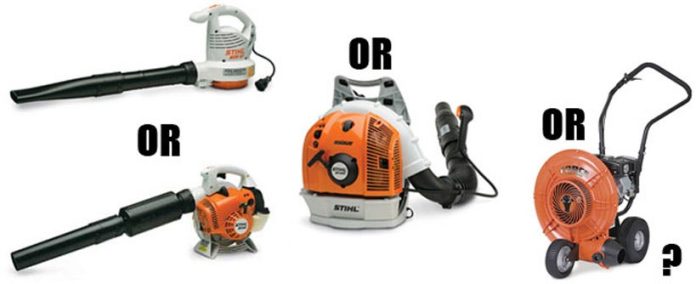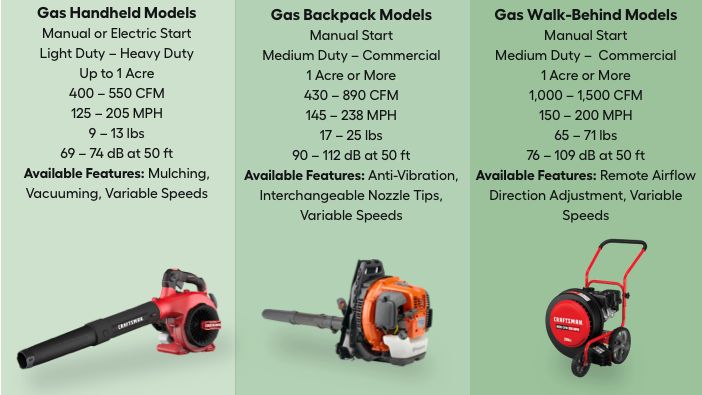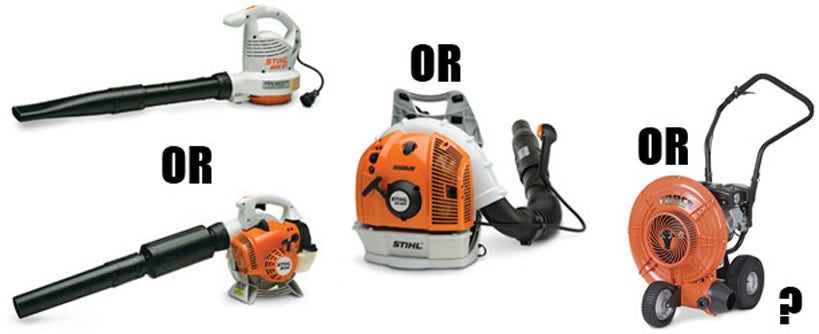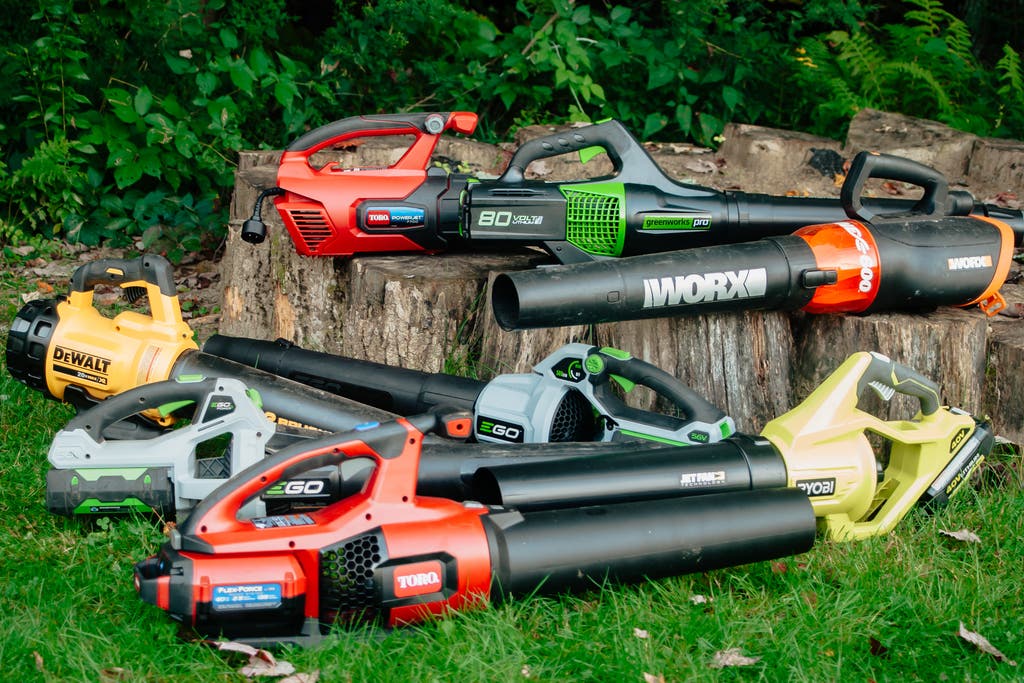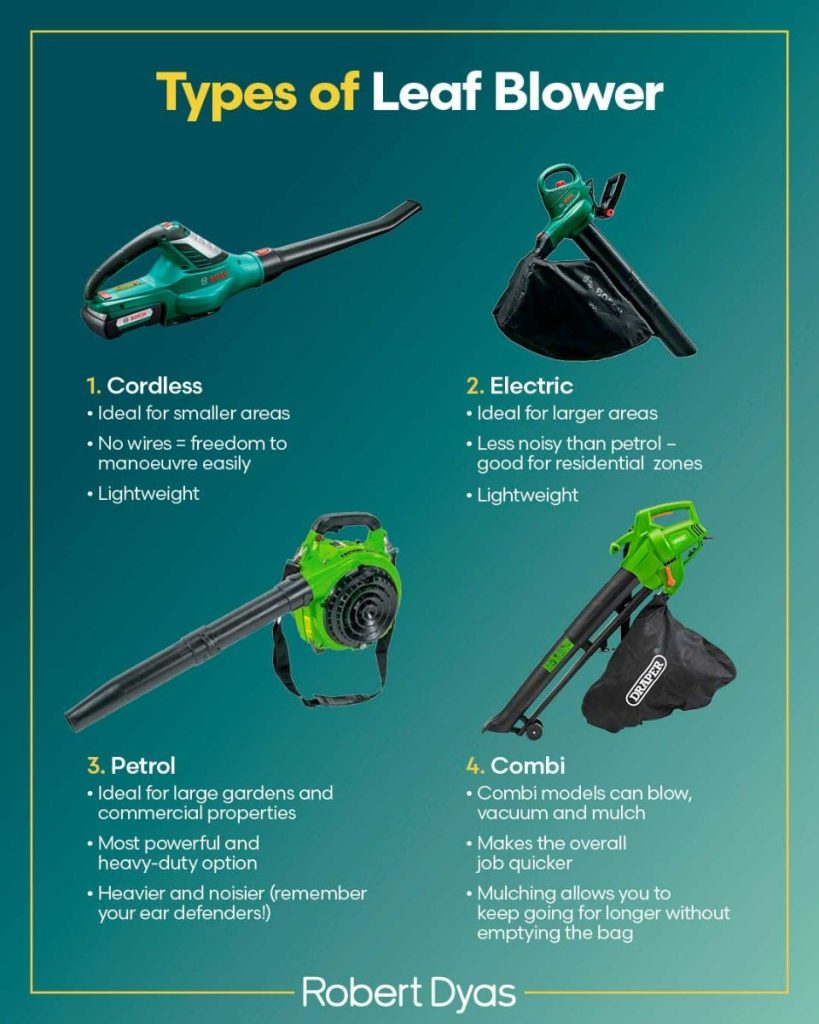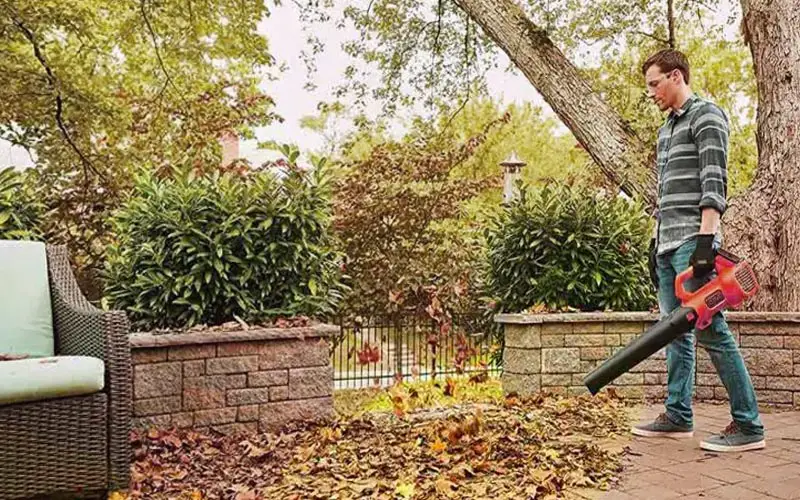If you’re in the market for a leaf blower but unsure where to start, look no further!
This article will provide a concise overview of the various types of leaf blowers available today.
From handheld models to backpack blowers and everything in between, we’ll explore the unique features and benefits of each type to help you make an informed decision.
So, let’s get started and find the perfect leaf blower to keep your outdoor spaces pristine.
Types of Leaf Blowers
When it comes to keeping your yard clean and free of leaves and debris, a leaf blower is an essential tool to have.
However, with so many different types of leaf blowers available, it can be overwhelming to choose the right one for your needs.
This article will discuss the various types of leaf blowers to help you make an informed decision.
1. Handheld Leaf Blowers
Handheld leaf blowers are the most common type on the market. As the name suggests, these leaf blowers are designed to be held in your hand while operating.
They are lightweight and easy to maneuver, making them ideal for smaller yards and light-duty tasks. Handheld leaf blowers are available in electric and gasoline-powered options, providing flexibility regarding power sources.
2. Backpack Leaf Blowers
If you have a larger yard or frequently tackle heavy-duty leaf-blowing tasks, a backpack leaf blower might be your best option.
These leaf blowers, similar to a backpack, are worn on the back and equipped with shoulder straps and a padded backrest for comfort. The backpack design distributes the weight evenly, reducing strain on your arms and allowing longer operating times.
Backpack leaf blowers are typically gasoline-powered, and offer increased power and airflow compared to handheld models.
3. Walk-Behind Leaf Blowers
Walk-behind leaf blowers, also known as wheeled leaf blowers, are a great choice if you have a large area to cover or prefer not to carry a leaf blower on your back.
These leaf blowers feature wheels and a handlebar, allowing you to push them along while the powerful air stream blows away leaves and debris. Walk-behind leaf blowers are heavy-duty machines, typically powered by gasoline engines, capable of handling large volumes of leaves and debris.
4. Wheeled Leaf Blowers
Similar to walk-behind leaf blowers, wheeled leaf blowers are designed with wheels to provide easy maneuverability. However, wheeled leaf blowers are usually smaller and more lightweight than walk-behind models.
They are suitable for smaller yards or areas with restricted access, where a larger walk-behind leaf blower may not fit. Wheeled leaf blowers are available in electric and gasoline-powered versions, giving you options based on your preference.
5. Corded Electric Leaf Blowers
If you have a small yard and a nearby power source, a corded electric leaf blower can be a cost-effective and convenient option.
These leaf blowers are lightweight and easy to use, offering consistent power without gasoline or batteries. However, the range of corded electric leaf blowers is limited by the length of the power cord, which may require extension cords for larger areas.
6. Cordless Battery-Powered Leaf Blowers
Cordless battery-powered leaf blowers are a popular choice for greater mobility and freedom. These leaf blowers operate on rechargeable batteries, eliminating the need for cords or gasoline.
Cordless leaf blowers offer excellent maneuverability and are suitable for small to medium-sized yards. However, they have limited battery life, so it’s essential to consider the runtime and recharge time of the battery when choosing a cordless leaf blower.
7. Gasoline-Powered Leaf Blowers
Gasoline-powered leaf blowers are known for their high power and performance. These leaf blowers are typically larger and heavier than their electric counterparts but offer unmatched blowing force.
Gasoline-powered leaf blowers are ideal for large yards or commercial use, where maximum power and efficiency are required. However, they require regular fueling and maintenance, making them more suitable for experienced users.
8. 2-Cycle Engine Leaf Blowers
2-cycle engine leaf blowers are a specific type of gasoline-powered leaf blower. They use a unique engine design that requires a mixture of oil and gasoline for fuel.
These leaf blowers are lightweight and compact, making them easy to handle and maneuver. They are known for their high power-to-weight ratio and are commonly used for residential purposes.
9. 4-Cycle Engine Leaf Blowers
4-cycle engine leaf blowers are another type of gasoline-powered leaf blower known for their durability and ease of use.
Unlike 2-cycle engine leaf blowers, 4-cycle engine leaf blowers operate on a separate oil reservoir, eliminating the need for fuel mixing.
These leaf blowers offer increased power and torque, making them suitable for heavy-duty tasks. However, they can be heavier and bulkier compared to 2-cycle engine models.
10. Mulching Leaf Blowers
In addition to blowing away leaves and debris, some leaf blowers also offer mulching capabilities.
Mulching leaf blowers have a built-in shredder that grinds the collected leaves into small pieces. These shredded leaves can then be used as mulch for your garden or composted. Mulching leaf blowers are available in various power options, including electric and gasoline-powered models.
In conclusion, the type of leaf blower you choose ultimately depends on the size of your yard, the intensity of your leaf-blowing tasks, and your personal preferences.
Whether you opt for a handheld leaf blower for light-duty tasks, a backpack leaf blower for heavy-duty use, or a cordless battery-powered leaf blower for increased mobility, there is a leaf blower out there to suit your needs.
Consider each type’s power source, weight, and features before deciding, and happy leaf-blowing!

